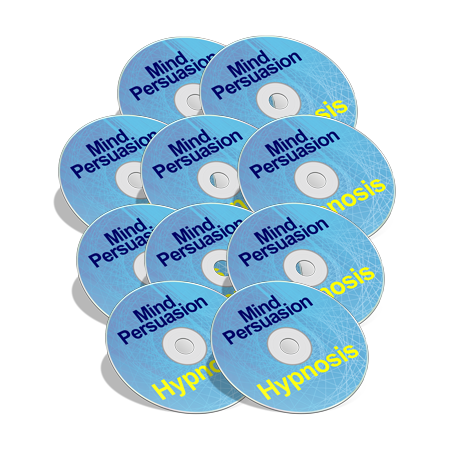To those of you who have emailed me privately asking for more tips on how to easily persuade others, this article is for you. If this is your first time here, you will find a great and easy to apply tip to use in your persuasive endeavors, be they job interviews, first dates, sales calls or any other instance where you’d like to covertly influence somebody.
The human mind comes pre programmed with various “hot buttons” that were extremely beneficial to humans in the days before agriculture. Decisions had to be made quickly and effectively. Whoever happened to feel a need to sit around and analyze every situation before acting usually didn’t live long enough to pass on that characteristic, so we are left with a predisposition for quick thinking.
If you were a caveman, and took three hours to decide weather or not to throw your spear at a wooly mammoth, you would never eat. If it took you several minutes to contemplate which direction to run if a tiger started chasing you, you wouldn’t last very long.
If you are ever conflicted in a decision, it’s only because today’s society presents us with a multitude of element that push those few “hot buttons” that we have built into our thinking process.
These “hot buttons” have been demonstrated beautifully by Robert Cialdini in his book “Influence – Science and Practice.” It is likely the most referred to book on influence and persuasion.
The topic of today is something called commitment and consistency. Basically, you tend to do things the same way you’ve done them before, or you tend to choose things the same way you’ve chosen them before.
Brand loyalty, staying in relationships or jobs that seem contrary to our best interests, and taking the same route to and from work area all based on this principle. Humans like what is comfortable. And when we do something, and it works, we usually do it over and over again.
Sometimes this can have a negative effect. If you try something, and get a little bit of a benefit, but not quite the benefit you were after, it can be hard to try something new, as we want to hang on, sometimes subconsciously, to that small benefit that we got, whatever it was. It may even be something that we are completely unaware of.
There are a couple of interesting experiments presented in Cialdini’s book. One is that they went through a neighborhood, and asked people to put up a huge sign in their front yard. Most, of course, said not.
Then they went through another similar neighborhood, and asked neighbors to put up a very small sign in their yard. A few said yes. They came back later, and the people that had allowed a small sign in their yard (no big deal) overwhelmingly said yes to a large sign. Because they had already committed to putting a sign up, agreeing to put up a much larger sign was simply behaving in a way that they had behaved in the past.
So how can you use this to influence others? There are two. One is similar to the sign experiment. You simply get the person to do something that seems no big deal, on a small scale. Then later, you ask them to do something much bigger, but seems to be similar to the smaller thing they did.
Salespeople do this all the time. They get small commitments to follow them from prospective customers. (Follow me, sit here, etc) and then slowly build up the level of compliance, until signing a contract is simply the next step in the process.
Seducers use a similar strategy. They meet a girl, buy her a drink, convince her to go to a different area of the bar or club, where they can “talk.” Then they go to another bar in the same neighborhood. Then they go to a small café somewhere closer to the guy’s apartment. Before you know it, they are in bed together. A string of small commitments, slowly growing in size and importance until going home with some guy she just met only three hours ago seems like no big deal.
Another, trickier way to do this is to find things in the persons past that they have already done, and convince them that their previous behavior is very similar to the behavior you want them to perform. This has to be done very carefully, and not blatantly. It takes practice, but once you get this down, you can be powerfully persuasive.
One way to do this (As described beautifully by Cialdini, Goldstein, and Martin in “Yes,” the follow up to “Influence”) is to assigning a positive label to your “target” because of their previous behavior. Then simply imply that if they choose not to comply with your request, they will lose that label.
Again, this can be tricky, and takes some practice to do conversationally, but it can be extremely powerful. Once you convince somebody that they will lose something they like (the positive label you gave them) they will do almost anything to keep it.
One extremely important caveat. Although these techniques are very powerful, if you use them without the other person’s interests in mind, they will backfire horribly. You will be despised more than the most unethical car salesman there is. But when you do this with the utmost sincerity in helping the other person achieve their underlying needs, you can’t go wrong.
